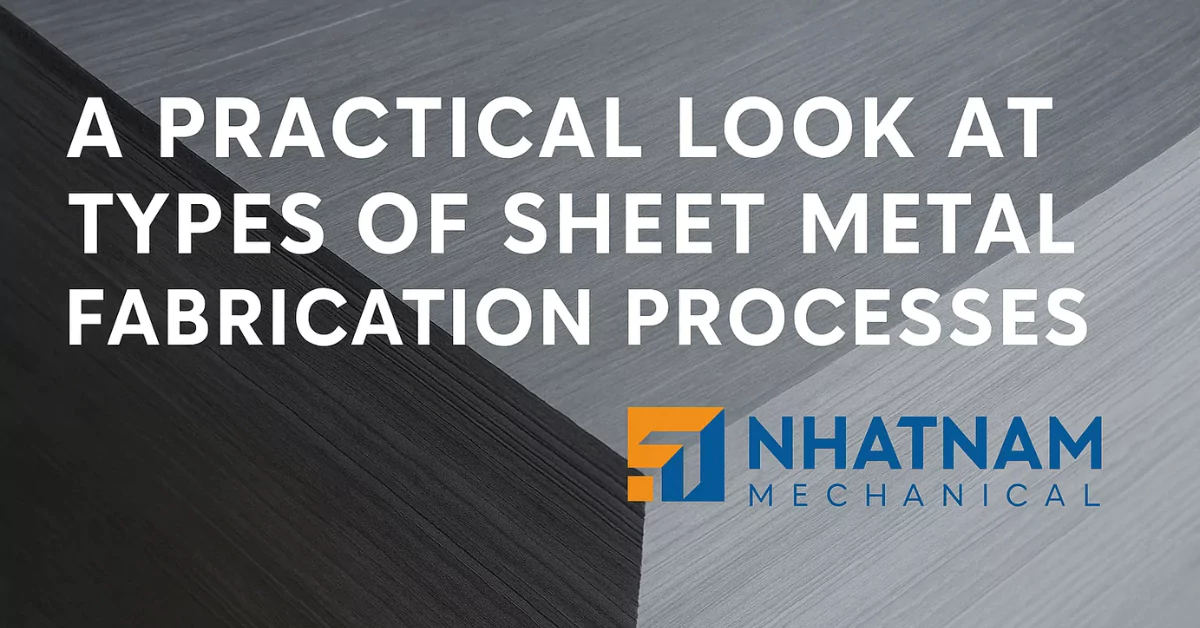
Sheet metal fabrication is the backbone of many industries — from construction and automotive to electronics and medical devices. While the concept may sound technical, the processes behind it are practical, versatile, and designed to transform raw sheet metal into precise, functional components. In this article, we take a closer, practical look at the most common types of sheet metal fabrication processes and how they are applied in real-world manufacturing.
1. Cutting – The First Step Toward Precision
Cutting is often the starting point in sheet metal fabrication. Traditional methods like shearing remain relevant, but advanced technologies such as laser cutting and CNC plasma cutting offer speed, accuracy, and the ability to handle complex designs. For example, laser cutting allows manufacturers to create intricate parts with minimal material waste.

>> Related reading: What Makes a Good Sheet Metal Laser Cutting Design? A Practical Guide
2. Bending – Shaping Metal with Accuracy
Once the metal sheet is cut, bending gives it the required form. Using press brakes or CNC bending machines, fabricators can achieve precise angles without cracking or weakening the material. This process is essential in creating enclosures, brackets, and machine frames.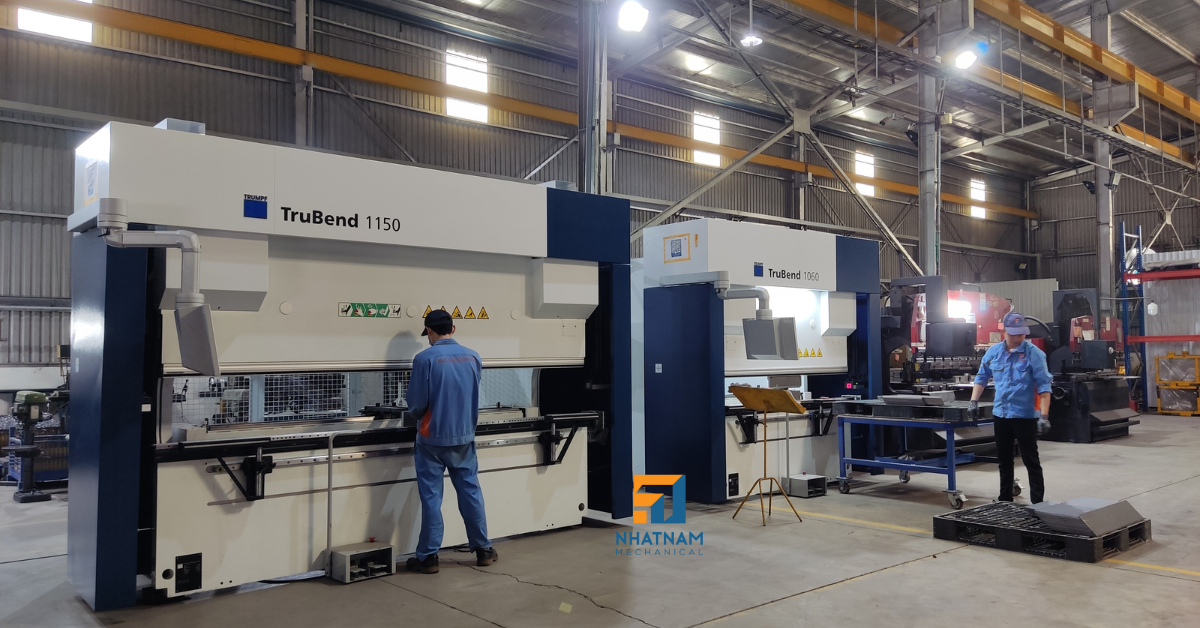
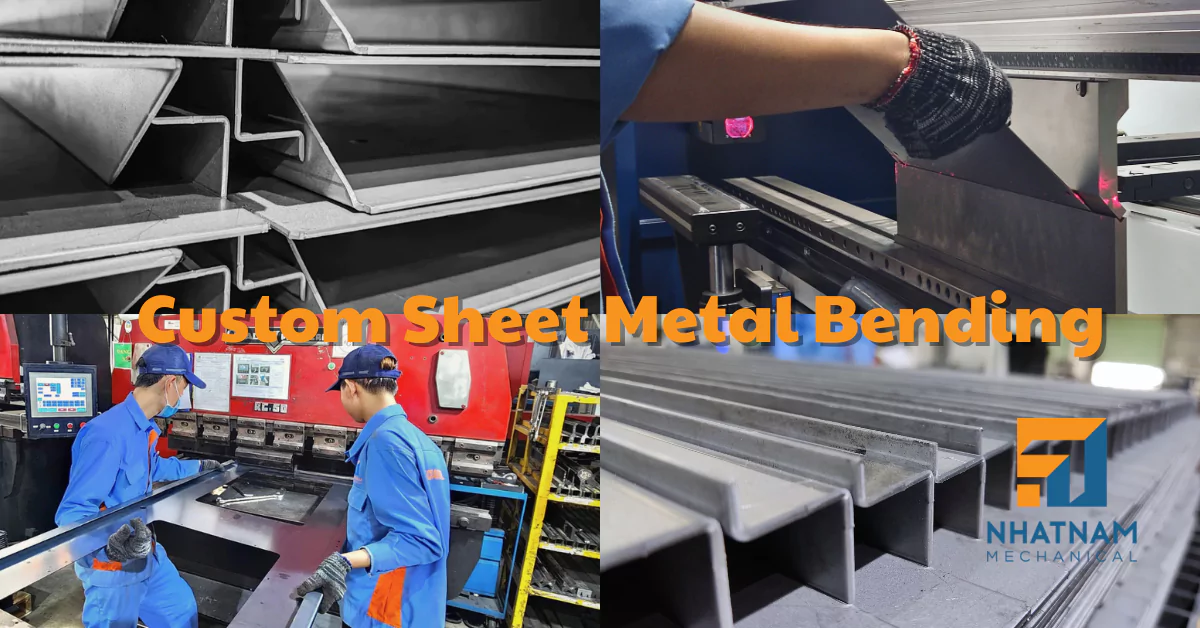
>> Related reading: Custom Sheet Metal Bending – Fast, Reliable, and Affordable
3. Stamping – High-Volume, Repeatable Production
Stamping is a fabrication method designed for large-scale production. It involves pressing sheet metal into a die to achieve consistent shapes. Stamping is common in industries like automotive and electronics, where thousands of identical parts are required with high speed and accuracy.

>> Related reading: Process Control Strategies to Improve Consistency in Stamping
4. Welding – Joining for Durability
Welding brings different sheet metal parts together into a strong, unified structure. From MIG and TIG welding to spot welding, the choice of method depends on material thickness and end-use requirements. Proper welding ensures durability and long-term performance of fabricated components.
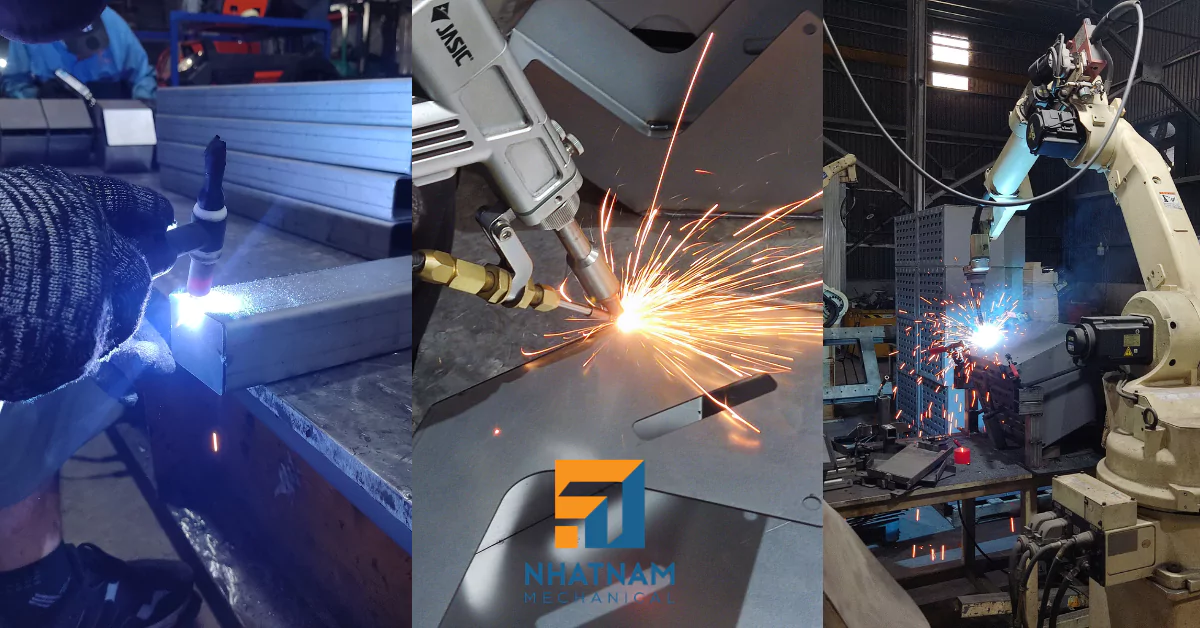
>> Related reading: Advanced Sheet Metal Welding Services for Durable Fabricated Parts
5. Surface Finishing – More Than Just Looks
Processes like powder coating or plating add not only visual appeal but also functional benefits, such as corrosion resistance and increased durability. A well-finished product is both reliable and aesthetically pleasing — crucial for industries like consumer electronics and medical devices.
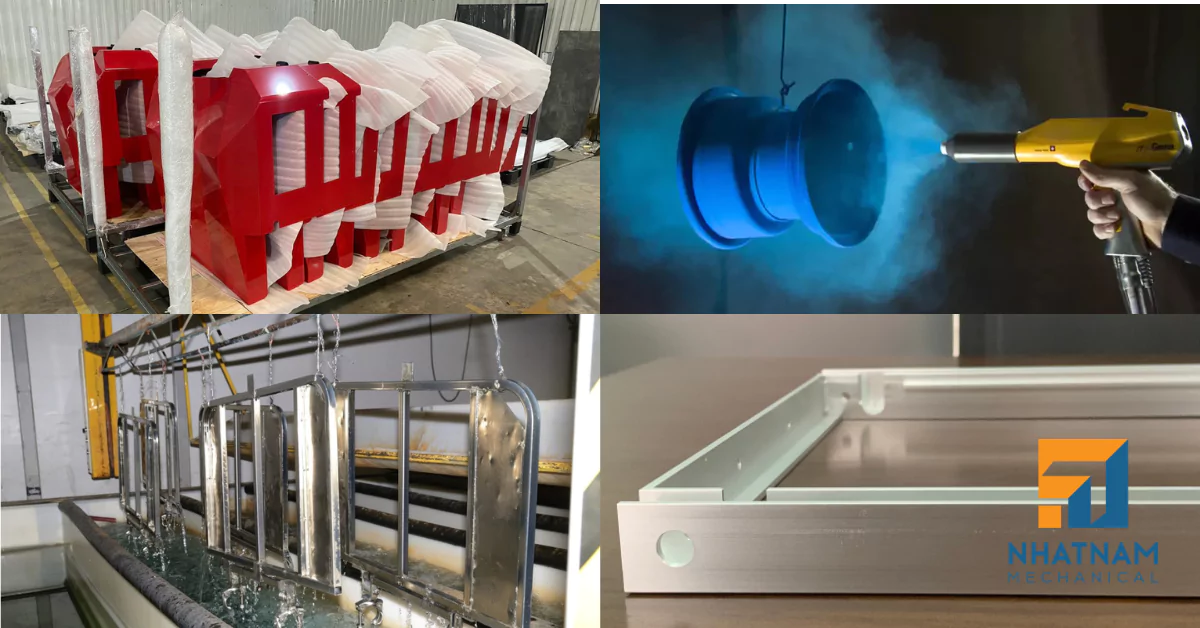
>> Related reading: Powder Coating: Enhancing Durability and Aesthetics in Metal Fabrication
Why These Processes Matter
Each process — from cutting to finishing — plays a vital role in ensuring sheet metal parts meet precise specifications and industry standards. By understanding these fabrication types, businesses can make better decisions when selecting a manufacturing partner.
At Nhat Nam Sheet Metal, we combine advanced equipment with skilled craftsmanship to deliver practical, reliable, and high-quality fabrication services tailored to your project needs.
